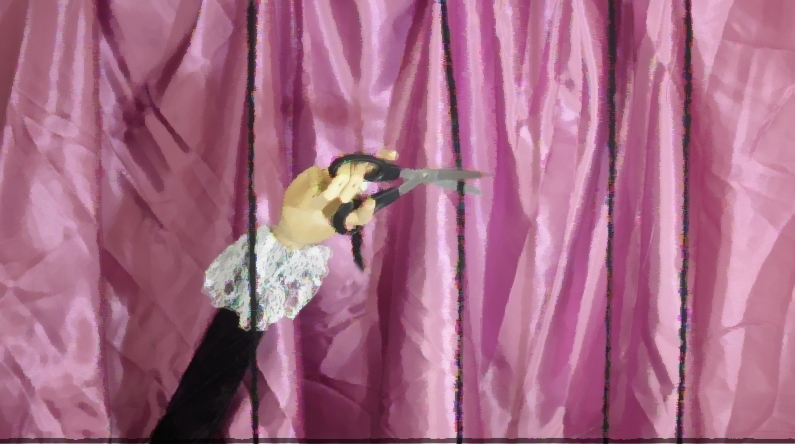Everybody’s gangster ’til they can’t find their car-keys.
Unless they know how to dowse.
Successful dowsing requires a tool such as a forked stick or a pendulum to translate knowledge directly from the unconscious mind and into the physical body. This takes advantage of a what is called the ideomotor response. This essentially means that small muscle movements are allowed to be controlled without direction from the conscious mind.
Usually this is done by an individual rather than by the group effort required for such things as Ouija boards or table-tipping.
Traditional dowsing, (which is sometimes called water-witching) was done for the purpose of finding hidden resources under the ground. Most commonly water but anything may be targeted. Dowsing can be used to locate oil, minerals, buried pipes or unmarked gravesites. Since this a function of the mind rather than some magnetic or electrical phenomena, the composition of the target doesn’t matter.
Like with the development of any other talent, practice is the key. Most old-time descriptions of this art speak of the use of a forked stick taken from a hazel tree or some other thin, flexible wood. One hand holds each of the two forks with the stem pointed away from the practitioner. I myself have never tried this method as I have had great success using a weighted pendulum instead.
A pendulum can also be used as a general divination tool that can not only point in a direction but also to answer simple questions of the “yes” and “no” variety.
You can obtain a fancy purpose-made pendulum from a New-Age shop but a machine-nut tied to a piece of string will suffice. Hold the string with the weighted end hanging freely. You can use one hand or both at the same time. Try to hold it as still as you can until the weight stops swinging. Now you are going to basically interrogate the pendulum to find out how it will work. Address it as if it has a spirit of it’s own and ask it how it will indicate a “Yes” when responding to a question. This step is important because pendulums behave differently with different people. So a “Yes” answer could be swinging to and fro or it could be a side-to-side movement. It may also swing in a clockwise or counterclockwise circle. In this same way, find out what a “No” looks like. Now ask it to indicate a particular direction such as “North” or “To the front door”. The size of the swinging arc can also be an indicator of the strength or confidence of the response. It is also important to vary the length of the string as you will find it works best at a certain length which varies person to person.
Once you understand your pendulums “language”, it’s time to get in some practice. Essentially, you have to try to find something that you don’t know the location of. One way to accomplish this is to have a friend hide or bury a small object within a delineated area such a yard or a small field while you are not around. Then you go to that place afterwards and see if you can find the object. It is important that you do this without having that friend with you at the time lest their body-language or reactions give you clues even if only subconsciously. Another way to practice this which I sometimes do for fun is to use the Geocaching app to get your self to the general area of a geocache and then use the pendulum to narrow the search until you find it.
Don’t get discouraged if success is elusive. No archer hits the bullseye the first time she picks up a bow. Try different things. Try different states of mind. Try switching hands. Look for clues around you. Keep your mind open to other avenues of information. Sometimes a blowing leaf or the path of a bird in flight can give you direction.
As you get better at it, you will notice that you can predict what the pendulum will do next before it begins to move or change direction. This is because the information is coming from you, not the pendulum. As you begin to master this, you will find over time that you don’t actually need the pendulum at all and can find things without it.
Always remember that the magick comes from the magician. Not the tool.

